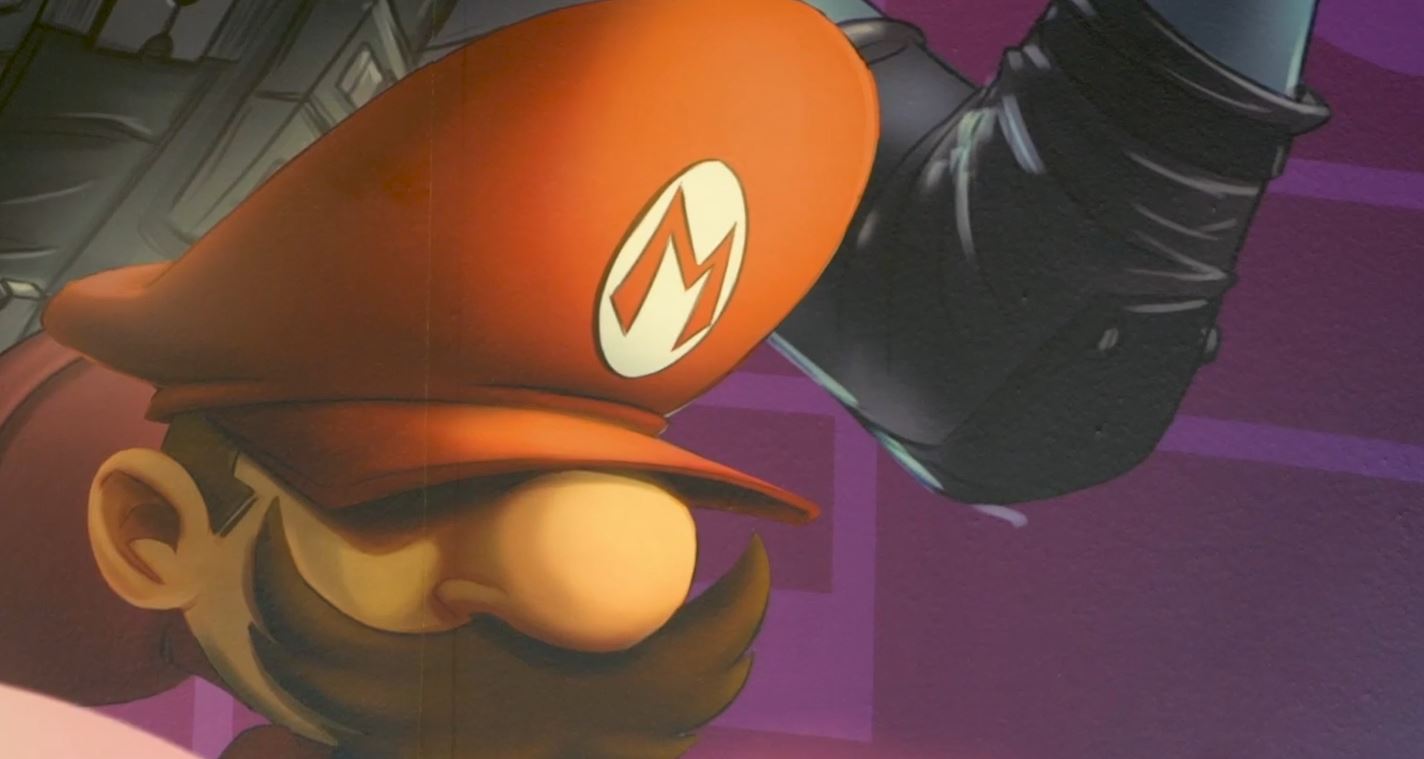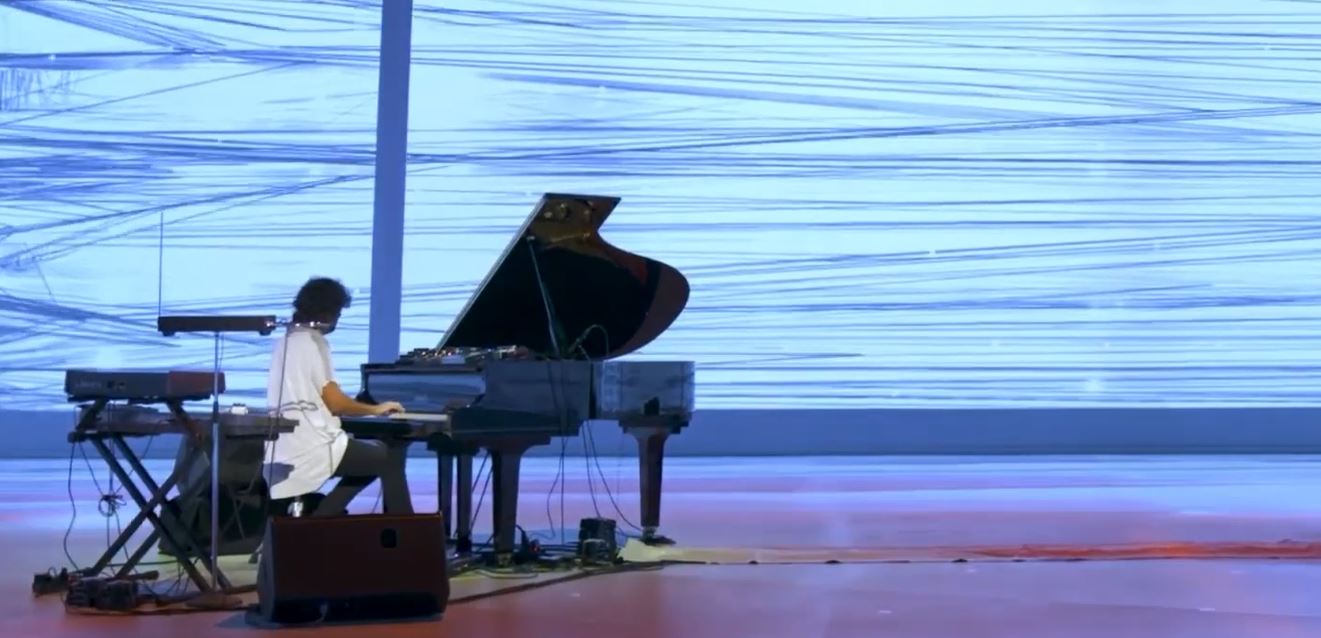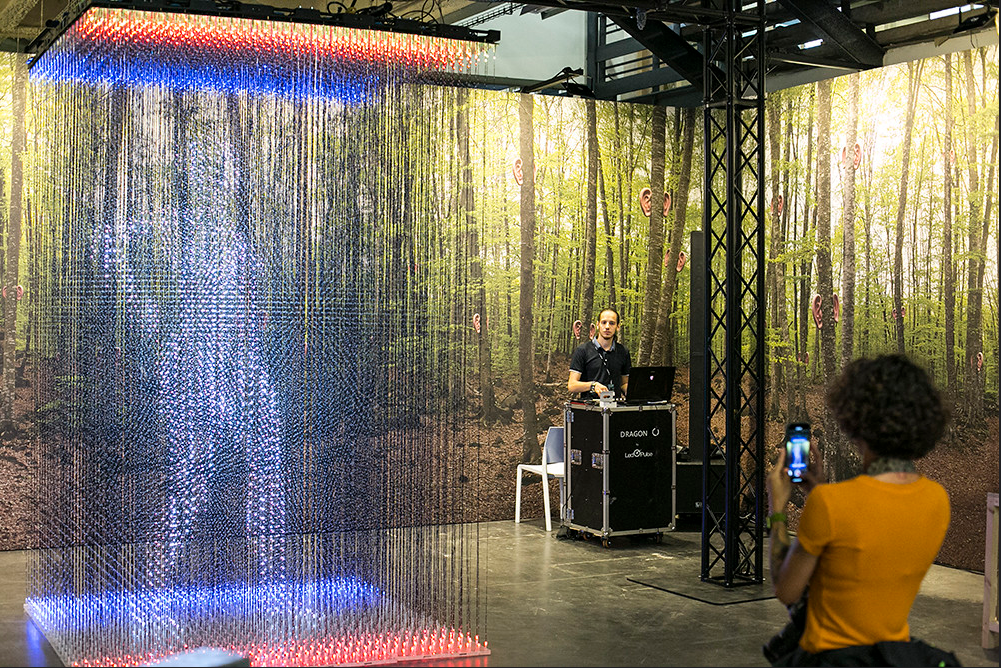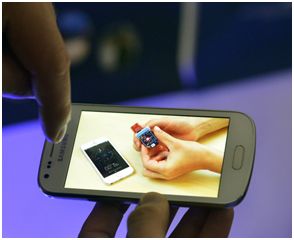
Gaffer
Other denominations
Chief Lighting Technician
Description
These professionals are in charge of executing and coordinating the lighting of scenes and different scenarios during the production of audio-visual content for film or television. Specifically, they are responsible for executing the lighting plan defined according to the indications of the director of photography, with whom they work very closely, to ensure that the recorded product has the desired ambience and appearance.
To achieve this goal, they have the technical electrical and lighting teams that work under their orders, creating and controlling the light before and during the shoot. These teams are in charge of the operational and practical development, that is the placement, connection and configuration of the technical lighting elements (spotlights, reflectors, filters, projectors, etc.) to create the appropriate lighting for the different scenes to be filmed.
The work of these professionals begins when they receive the assignment, visiting and evaluating the characteristics of the location where the filming will take place, to get an idea of the necessary requirements and to guarantee the correct treatment of the lighting aspects, in accordance with the approach established by the director of photography. From there, they draw up the planning of the human and material resources that will be needed, detailing the different professionals and skills required and listing the technical equipment necessary to achieve the proposed artistic vision. During the shoot, they direct and manage the optimal positioning of the lights, as well as the quickest way to change the lighting set-up between shots.
Consequently, as the person responsible for deciding the lighting effects and electrical requirements of a film scene, these professionals must have the artistic vision to know and manage light and the technical knowledge of the necessary equipment to achieve any type of lighting or effect. In this sense, they must know how to manage the different lighting equipment, electricity (circuits, power supplies, type of electric motors, wiring and fuse-type mechanisms, thermal relays and protection switches, etc.) and finally technical equipment.
Tasks
- Have a thorough knowledge of the characteristics and possibilities of electrical equipment and lighting devices, as well as the process of making audio-visual products. Be up to date with the latest equipment and lighting technology available on the market.
- Read and analyse the technical script of the filming project and deduce the general lighting needs.
- Meet and coordinate regularly with producers, the director of the work and the director of photography to contrast their vision on the lighting of a project.
- Carry out an exploration of the set or location where the filming process is to take place to identify its characteristics and determine the lighting needs both in terms of material and human resources, pointing out electrical sources and possible difficulties that could occur during filming.
- According to the established budget, determine the size and professional characteristics of their team of collaborators, especially about the lighting technicians.
- On the work plan, define the logistical and organisational issues to be considered during the filming (changes of lighting, instruments used, configuration and power, etc.).
- Draw up work plans and operational plans for the layout of the lighting equipment and communicate them to their team.
- Anticipate any lighting problems that may arise during the shoot, including the accessories they need for each shot and provide a solution to any problems that may arise unexpectedly.
- Manage their technical teams according to the established lighting plan, being accessible if adaptations need to be made or responding to unforeseen events.
- Observe the lighting on set during the shoot, making the necessary adjustments to ensure that the lighting is perfect and proposing improvements if necessary.
- Once the lights are in position, direct and execute the task of shaping and focusing the light with strobe lights, reflective materials and the use of frames and gels (plastic coating) to achieve the exact lighting effect defined by the director of photography.
- Manage the team of lighting technicians and electrical operators who have to do the installation and also coordinate with the team of technicians in charge of the non-electrical and support equipment (carpenters, riggers, crane operators) to ensure the power supply for all lighting.
- Responsible for the safety of the lighting operation, ensuring compliance with the requirements imposed by the corresponding regulations, both in terms of electrical management and occupational risk prevention.
- Be always in close coordination with the director of photography to ensure that the lighting and shooting plan is correctly followed.










 | Catalan | Beginner
| Catalan | Beginner | English | Advanced
| English | Advanced
 Open
Open




 | English | Beginner
| English | Beginner


